How Much Can Someone Sue For in a Car Accident in California
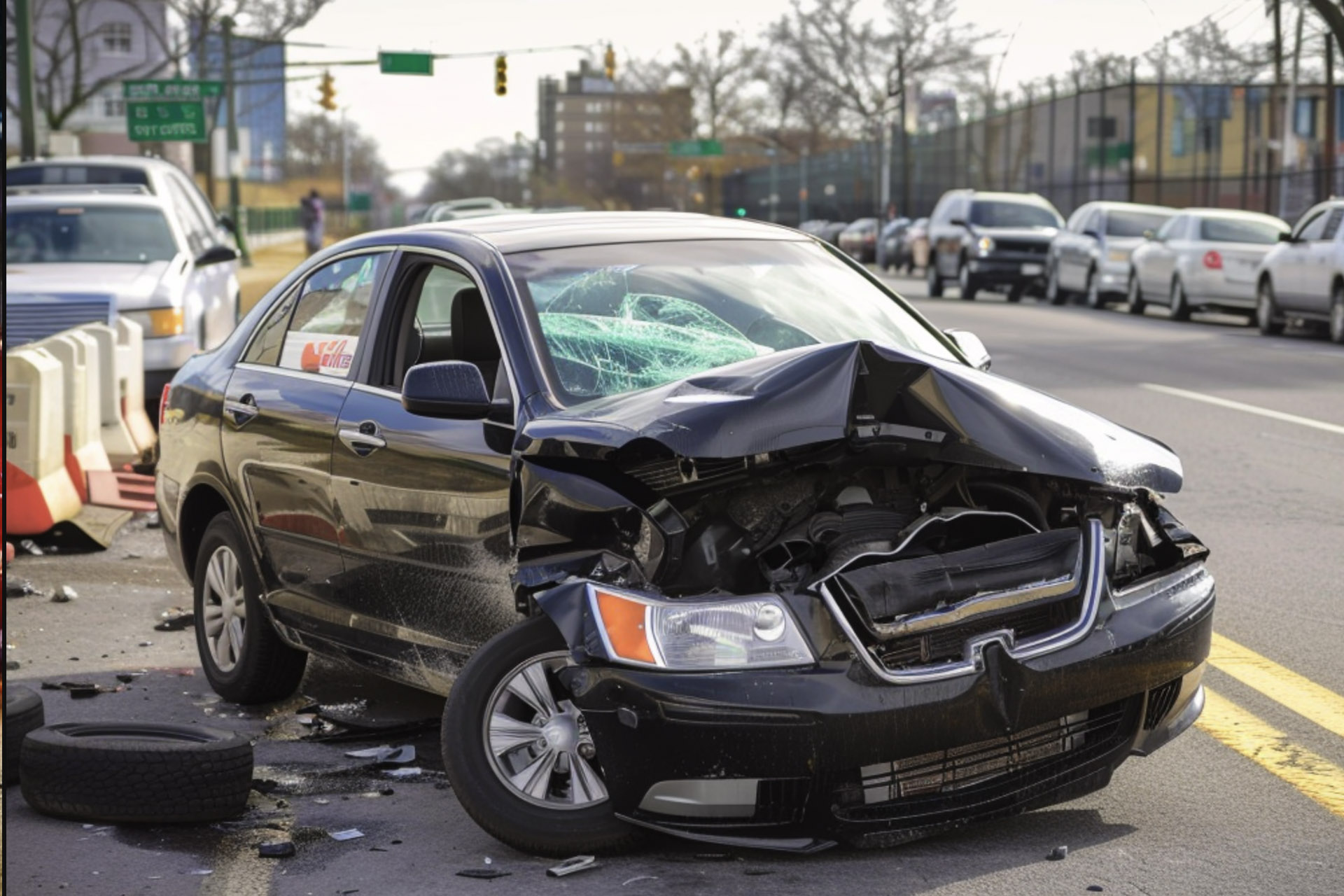

The answer to how much can someone sue for a car accident is, as you might expect, not simple. It depends on many factors, such as the severity of the injuries, how badly any property was damaged, and who was at fault.
The worse the accident is and how it affects life, the more money you could potentially get. Having a personal injury lawyer help understand these rules is important, as trying to figure out the next steps after such a scary event can be a tough ordeal.
What Are the Factors That Influence Compensation Amounts?
In California car accident lawsuits, compensation depends on factors like injury severity, financial losses, and fault determination. Evidence and expert testimony are crucial for substantiating claims.
Here’s a simplified table illustrating some factors and potential payouts:
| Factor | Example | Potential Payout Range |
| At-Fault Driver | Entirely responsible for the crash | May receive less due to own liability |
| Not-At-Fault Victim | Not responsible for the accident | Eligible for higher; potentially covering all damages |
| Minor Injuries | Cuts, bruises, sprains | $1k-$10K based on medical costs and lost wages |
| Long-Term Debilitating and Severe Injuries | Severe conditions like spinal cord injury or TBI | Over $100K, reflecting long-term healthcare needs and diminished quality of life. |
| Wrongful Death | The loss of a loved one due to negligent driving | Potentially millions of dollars |
The severity of injuries crucially determines compensation; more serious disabilities lead to substantial car accident settlements. It’s essential to consider immediate and future needs related to health concerns, rehabilitation, and loss of earnings due to the condition’s impact on an individual’s ability to work.
Determining fault is critical, especially under California’s comparative negligence law. Claim settlements are reduced according to the claimant’s degree of responsibility. And so, strengthening the case with comprehensive documentation—medical records, police reports, photos—and leveraging expert witnesses enhances the car accident claim’s validity and depth, effectively conveying its serious implications for the affected party.
Additional reading: average car accident settlement amount in California
If you’ve been injured in a car accident in California, we have a Torrance car accident lawyer on hand to help you. Call today for a free consultation.
Types of Damages You Can Claim
In California, compensation can broadly be categorized into three main types of damages:
- Economic
- Non-economic
- Punitive
Economic Damages
Economic damages refer to the tangible, quantifiable financial losses that result from a car accident. These can include:
- Medical expenses for immediate and ongoing treatment
- Lost wages due to time away from work
- Rehabilitation costs for physical therapy or other recovery methods
- Property damage repair replacement
if you’re asking, “Can I sue someone for damaging my car?” then yes you can since this falls under property damage — repairing a damaged vehicle or replacing personal items destroyed in the crash.
To effectively claim economic damages, it’s essential to gather all related documentation—receipts, bills, pay stubs,—and medical records that detail the extent of your injuries and their impact on your finances. This evidence forms the backbone of your injury claim by providing clear proof of monetary losses incurred.
Additional reading: San Bernardino electrocution accident lawyer
Non-Economic Damages
Non-economic damages encompass those losses that are not easily quantified financially yet have profound impacts on a victim’s life quality. These types of damages address suffering beyond mere financial strain, including:
- Pain and suffering
- Emotional distress
- Loss of enjoyment of previously fulfilling activities and relationships
- Diminished consortium with spouse or partner
Unlike economic damages, they don’t come with attached receipts making them more challenging to quantify accurately. However, through detailed personal accounts and expert testimonies, particularly from mental health professionals, legal guidance plays a critical role in helping victims articulate depth these experiences ensuring adequate compensation.
Additional reading: should I get a lawyer for a car accident that wasn’t my fault
Punitive Damages
Punitive damages stand apart from compensatory damages (economic/non-economic), as their primary aim isn’t to compensate but rather punish defendants’ egregious behavior and serve deterrent against future misconduct. Such instances occur when the defendant’s actions were found to be especially harmful, such as:
- Reckless
- Malicious
- Showing complete disregard for the safety of others
Given the high bar required to prove such conduct, thorough investigation and strong evidentiary support are needed; hence, the assistance of an experienced car accident attorney is invaluable in navigating the process successfully.
Additional reading: Torrance truck accident lawyer
To get expert advice and guidance on how to sue the responsible, at-fault party, contact an experienced San Bernardino car accident lawyer today.
Wondering What Your Case Could Be Worth?
Disclaimer: The results generated by this car accident settlement calculator are for informational purposes only. They are not legal advice or a substitute for professional evaluation. This tool offers a general estimate and does not reflect the unique details of your case, such as specific laws, liability factors, or additional specifics.
Selected Value: 0%

The Role of Comparative Negligence
In California, the principle of comparative negligence acknowledges that more than one party can contribute to the cause of an accident and adjusts compensation accordingly. Specifically, if you are involved in a car accident and found partially at fault, your potential settlement or court-awarded damages will be reduced by your percentage share of responsibility.
For instance, imagine being involved collision where damages amounted to $50,000. If through the evidence litigation process were determined to bear 30% fault for contributing circumstances, then the total recoverable amount would be adjusted down, leaving a potential maximum recovery of $35K (70% of the original figure).
Comparative negligence is designed to distribute financial burden fairly based on each party’s contribution to the accident. It encourages individuals to take responsibility for their actions while still allowing those who weren’t solely responsible to seek some form of redress. Examples of practical applications vary widely, ranging from simple rear-end collisions to complex multi-vehicle pile-ups.
Additional reading: average settlement for rear-end collision in California
Insurance Laws and Their Impact On Claims
As a “fault state”, California requires the party responsible for causing an auto accident to cover the damages and injuries sustained by other parties involved.
Suing an Underinsured Driver
Recovering adequate compensation from underinsured drivers presents a notable challenge in car accident cases. When the at-fault driver’s liability insurance coverage falls short of covering all damages and medical expenses incurred, victims may find themselves facing significant financial strain. This situation often requires navigating complex legal and insurance landscapes to seek full restitution for losses.
One viable option for victims is claiming their underinsured motorist (UIM) coverage, if they have such protection as part of their auto insurance policy.
UIM coverage is designed to fill the gap between what the at-fault driver’s insurance pays out and the total cost of damages sustained, up to the maximum limit of the victim’s policy. It allows individuals to recover funds directly from the insurer without the need for lengthy court battles.
However, understanding the intricacies of filing effective claims and utilizing this type of benefit necessitates a thorough knowledge of applicable laws and processes, which many find daunting.
Suing an Uninsured Driver
The absence of any form of liability coverage on the responsible party means traditional routes of recovery through claims against insurers are unavailable. Victims, instead, must explore alternative avenues to secure necessary financial support.
One key instance is uninsured motorist coverage or where an offender lacks sufficient cover. Such provisions offer a crucial safety net ensuring access to funding medical care, property repair, and other related costs, even when conventional methods fail to yield results.
The process of obtaining relief can involve intricate steps, beginning with proving eligibility based on terms and conditions followed by the submission of detailed evidence substantiating the extent of injuries suffered.
Additional reading: how long does it take to settle a car accident claim in California
How to Calculate Your Fair Settlement Amount
Initially, victims should start by tallying their economic damages—this includes all quantifiable financial losses, such as medical bills for both past and future treatments, lost wages due to the inability to work during the recovery period, and property damage repair or replacement costs.
These tangible expenses form base calculation offering a clear starting point assessing overall compensation needs.
Next comes the evaluation of non-economic damages, which encompass intangible impacts of injury, like pain and suffering, emotional distress, and loss of enjoyment of life. These are not easily measured in dollar amounts. and so a commonly applied is using an assigned multiplier (ranging from 1.5 to 5 or more), depending on the severity of the circumstances. This subjective approach aims to reflect the true burden experienced by victims beyond mere monetary constraints.
Punitive damages are also awarded on a multiplier factor and are much harder to calculate since they’re completely dependent on the case, the circumstances, and the behavior of the party at fault for the accident.
Additional reading: can you sue someone for a hit and run in California
How to File a Lawsuit in California
Filing a personal injury lawsuit following a car accident in California is a structured process that requires adherence to specific procedural rules:
- Gather Necessary Documentation: Essential documents include police reports, medical records, bills evidencing treatment, photographs from the scene and of any property damage, witness statements, and correspondence with insurance companies.
- Consult With a Personal Injury Law Firm: They will provide invaluable insights and suggest the best course of action moving forward. Additionally, having representation ensures compliance with complex requirements and avoids common mistakes that could jeopardize the outcome.
- Determine Statute Limitations: This determines the deadline for filing a lawsuit. As per the California car accident statue of limitations, in most instances, you have two years from the date of the incident to pursue recovery through courts. Missing this window results in forfeiting your rights to seek compensation.
- Prepare Complaint: This is a pivotal document that initiates the formal litigation process. It details facts surrounding the names of defendants, alleges how their negligence led to injuries, and seeks a specified amount of damages. Filing is done in a superior court in the jurisdiction where either parties reside.
- Serve Defendants: After filing, each named defendant is “served”, informing them of the lawsuit against them, and they have the opportunity to respond to allegations. Typically, service is achieved via the sheriff’s department, and a professional server ensures state guidelines are followed and proper notification is carried out.
- Await Response: Defendant(s) are then given a chance to formally answer the complaint, setting the stage for discovery of potential settlement negotiations. If unable to reach an agreement pre-trial, a motion to trial may follow.
Additional reading: what to do after a car accident that’s not your fault
Consult a California Accident Lawyer Today
Dealing with the aftermath of a car accident in California involves a detailed understanding of legal procedures from gathering crucial documentation to filing and serving a lawsuit.
The role of expert legal advice cannot be overstated—it not only simplifies this complex process but also significantly enhances your chances of securing maximum compensation for damages sustained. Seeking professional guidance ensures that every step is taken with precision and confidence.
If you find yourself needing assistance through this daunting process, Feher Law is here to help. Our team offers comprehensive support tailored to navigate claims effectively while advocating fiercely on your behalf.
Additional reading: lawyer fees for a car accident
Contact Feher Law today at (866) 646-6676 for unparalleled legal representation and to achieve the justice and compensation you deserve.
GET A FREE CONSULTATION
Our team is standing by and ready to assist you. Consultations are completely free and confidential. We will help you determine if you have a case.
- Over $100 Million Recovered For Clients
- No Fees Unless We Win
- We Fight for Maximum Compensation
- Get The Justice You Deserve
"*" indicates required fields
FAQs
Can you sue for a car accident in California?
Yes, you can sue for damages resulting from a car accident in California. The state's laws allow victims to pursue compensation for their injuries, property damage, and other losses through the legal system provided they do so within the statute of limitations.
What should I do immediately after a car accident to strengthen my claim?
Immediately after a car accident, ensure your safety and that of others involved; then document everything. Take photos of the scene, gather contact information from witnesses, report the incident to law enforcement, and seek medical attention even if injuries seem minor.
Will my car accident case go to trial?
While most car accident cases settle out of court through negotiations between involved parties and insurance companies, some may go to trial if an agreement cannot be reached on compensation amounts or liability issues. Whether your case goes to trial depends on its specifics and complexities.
How long does a car accident lawsuit take in California?
The duration of a car accident lawsuit in California varies widely based on several factors, including the complexity of the case, the amount of evidence available, and the willingness of both sides to negotiate settlements. Typically it can take anywhere from a few months to several years to resolve.
How much do car accident lawyers charge in California?
Car accident lawyers typically work on a contingency fee basis, meaning they don't charge upfront but instead take a percentage of the final car accident settlement award. This rate usually ranges between 33% and 40%, depending on specific arrangements made with the client.



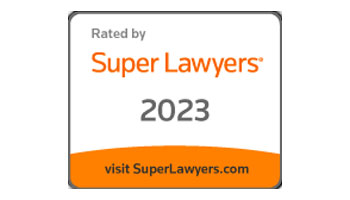
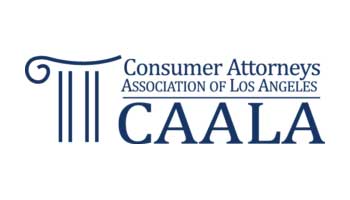



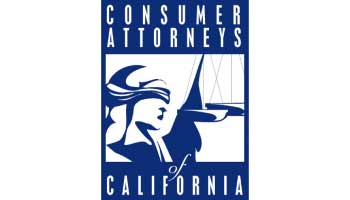
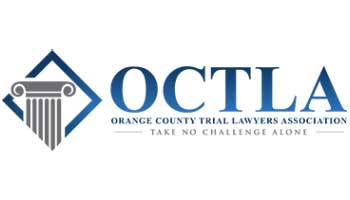

Related Posts



What to Do After a Slip and Fall Accident in California


California Civil Rights Lawsuit Settlement Amounts


